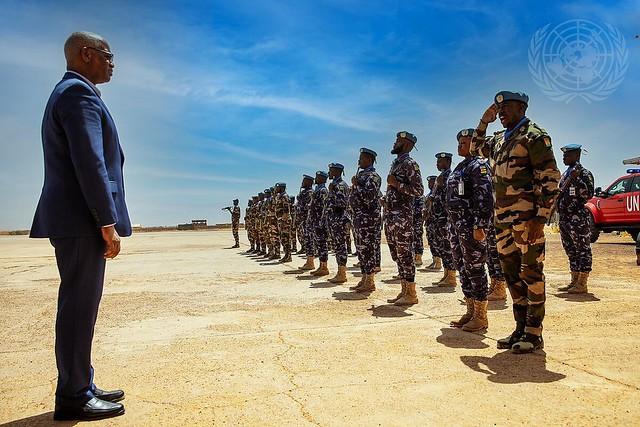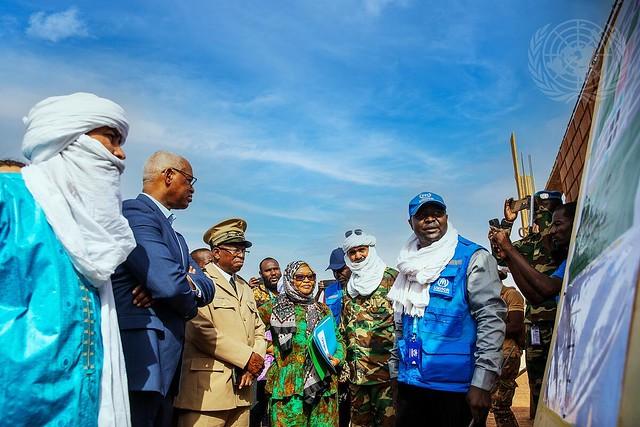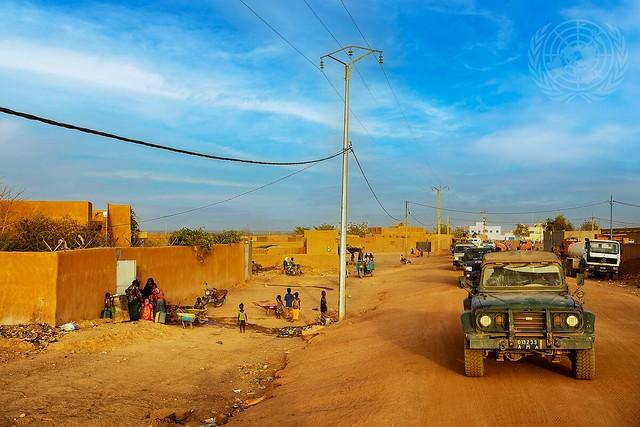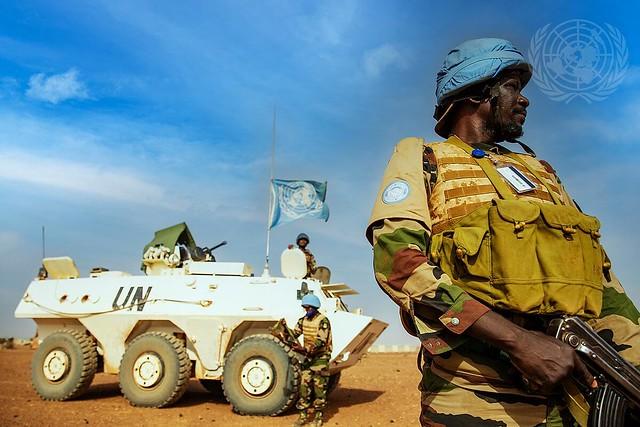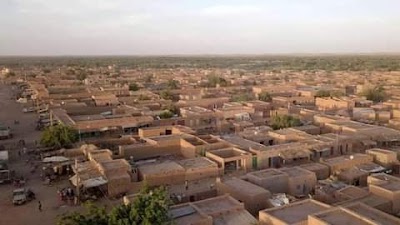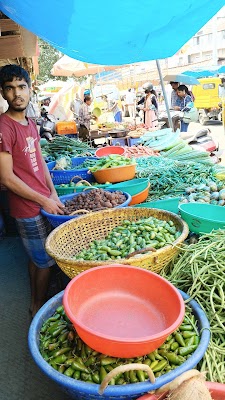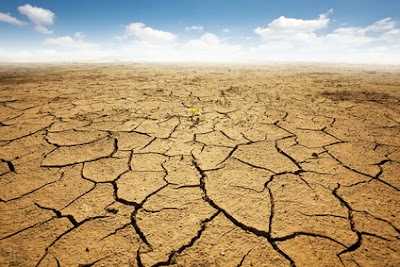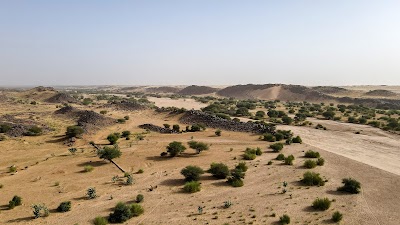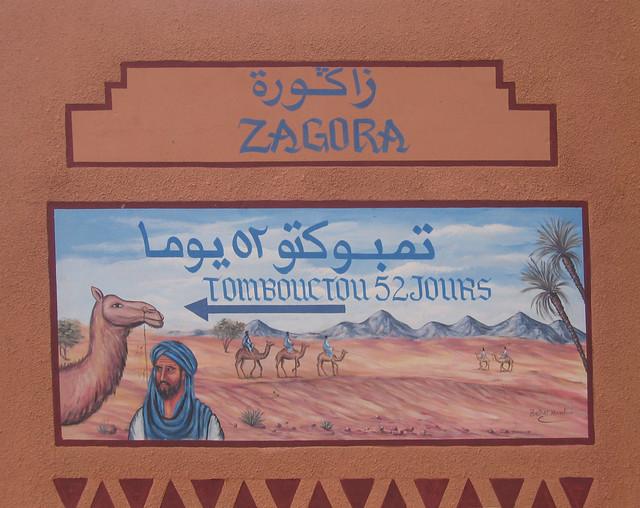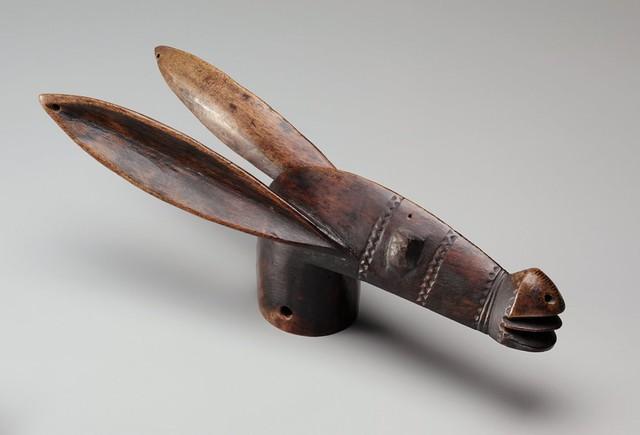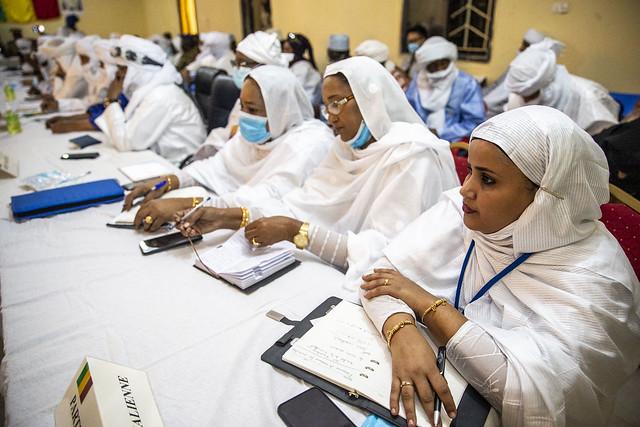Ménaka Region
Overview
Overview of Ménaka Region in Mali
The Ménaka Region in Mali, situated in the eastern part of the country, is an area rich in cultural heritage and natural beauty, though it is less frequented by tourists compared to other regions. This region is predominantly inhabited by the Tuareg, a nomadic group known for their distinct culture, traditional music, and intricate handicrafts. The landscape of Ménaka is characterized by arid deserts, rugged mountains, and occasional lush oases, offering a unique backdrop for those interested in exploring diverse environments. Its remoteness and the traditional lifestyle of its inhabitants make Ménaka a fascinating destination for those looking to experience a way of life vastly different from the urbanized world.
High Season for Tourism and Activities
The best time to visit Ménaka Region is during the cooler months from November to February. During this period, the weather is more temperate, making it suitable for outdoor activities such as hiking in the desert, exploring local villages, and experiencing cultural festivals that showcase music, dance, and traditional storytelling. These months avoid the extreme heat that characterizes the region for the rest of the year. Tourists can engage with local communities, learn about the Tuareg culture, and possibly witness traditional ceremonies and gatherings that are central to the social fabric of the area.
Preparation for Travel
Travelers planning to visit Ménaka should prepare thoroughly to ensure a safe and enjoyable trip. It is crucial to check travel advisories and local security conditions as the region can experience instability. Visitors should consider traveling with guided tours or local contacts knowledgeable about the area. Due to the harsh and variable climate, packing should include lightweight clothing for daytime and warmer layers for cool evenings. Also, carry essentials such as a first aid kit, sufficient water supplies, sun protection, and emergency contacts. Learning a few phrases in Tamasheq, the local language, or French, widely spoken in Mali, can also enhance interaction with local communities and enrich the travel experience.
How It Becomes to This
History not available

Places in Ménaka Region
Explore the most popular attractions and landmarks
You May Like
Explore other interesting states in Mali


